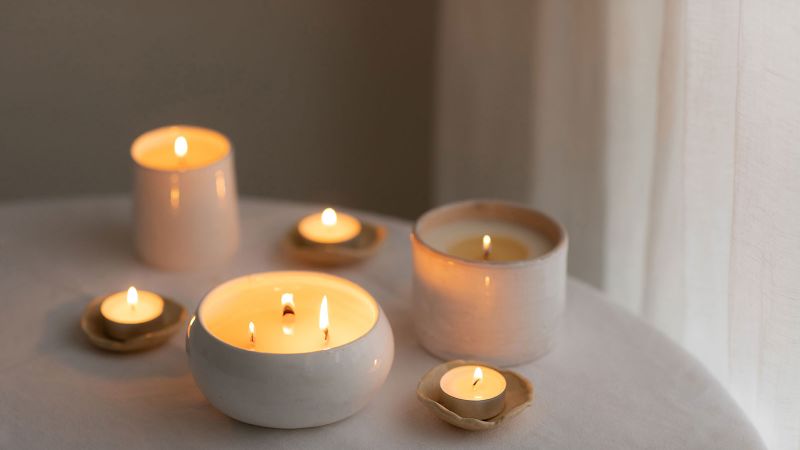Get inspired by a weekly roundup on living well, made simple. Sign up for CNN’s Life, But Better newsletter for information and tools designed to improve your well-being . If you’re a candle lover, you have probably seen some brands offer soy or beeswax versions as natural alternatives to typical wax options.
But are conventional candles actually bad for you? And if they are, how much better could the ones marketed as “healthier” or “nontoxic” really be? Concerns about the safety of candles are rooted in the chemical reactions that occur when you burn them, as well as in the artificial fragrances and colorants that contribute to the various scents you may love. The candles of chief concern are those made from paraffin, which is a cheap byproduct primarily sourced from the refinement of petroleum. Paraffin is the most used candle wax worldwide, according to the National Candle Association, the major trade association representing US candle manufacturers and their suppliers.
However, few studies on candle emissions or their potential effects on human health exist, and conclusions from the research are mixed. There is no overall conclusion that paraffin candles either will or won’t harm your health, said pulmonologist Dr. Sobia Farooq, a clinical assistant professor at the Cleveland Clinic’s Lerner College of Medicine.
But the risks may also depend on various factors including candle type and quality; how often and how long you’re burning it; the airflow in the.


















